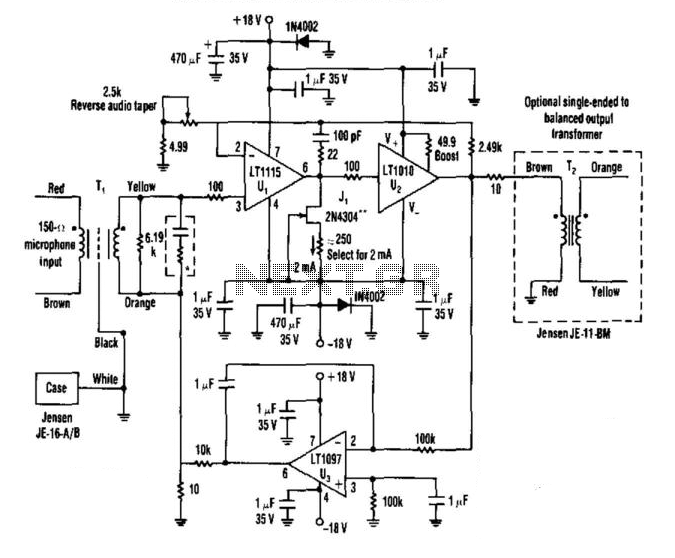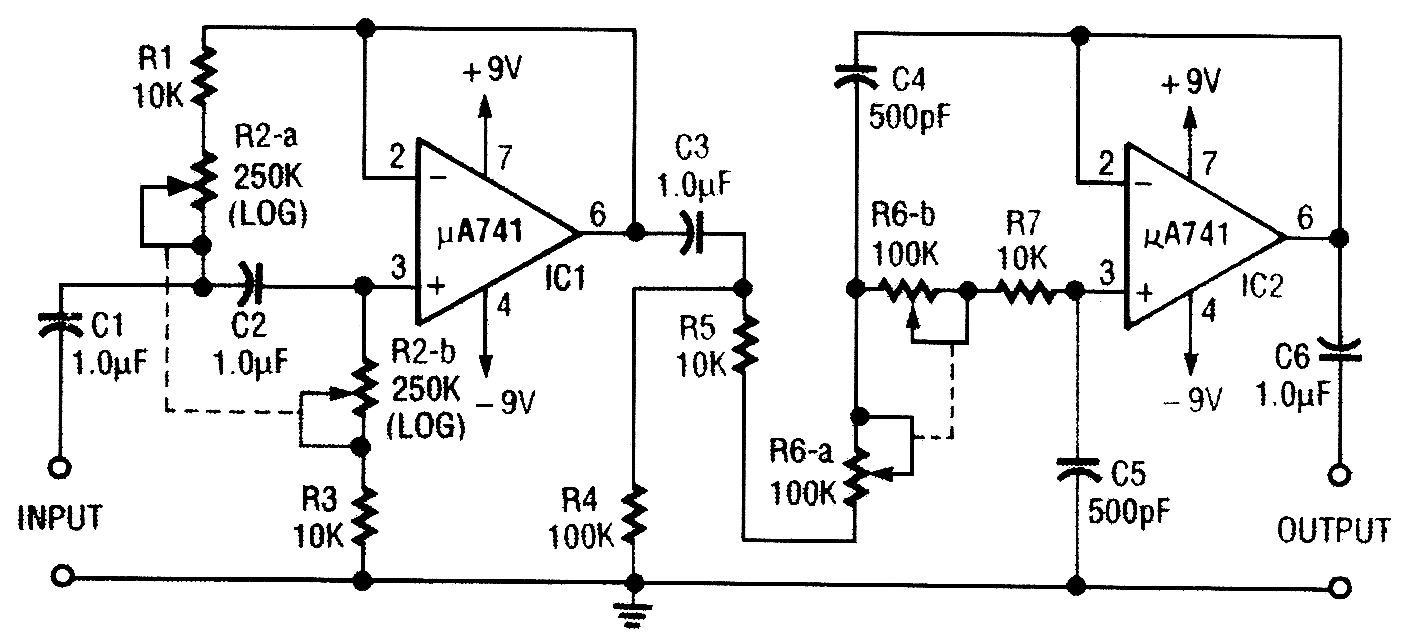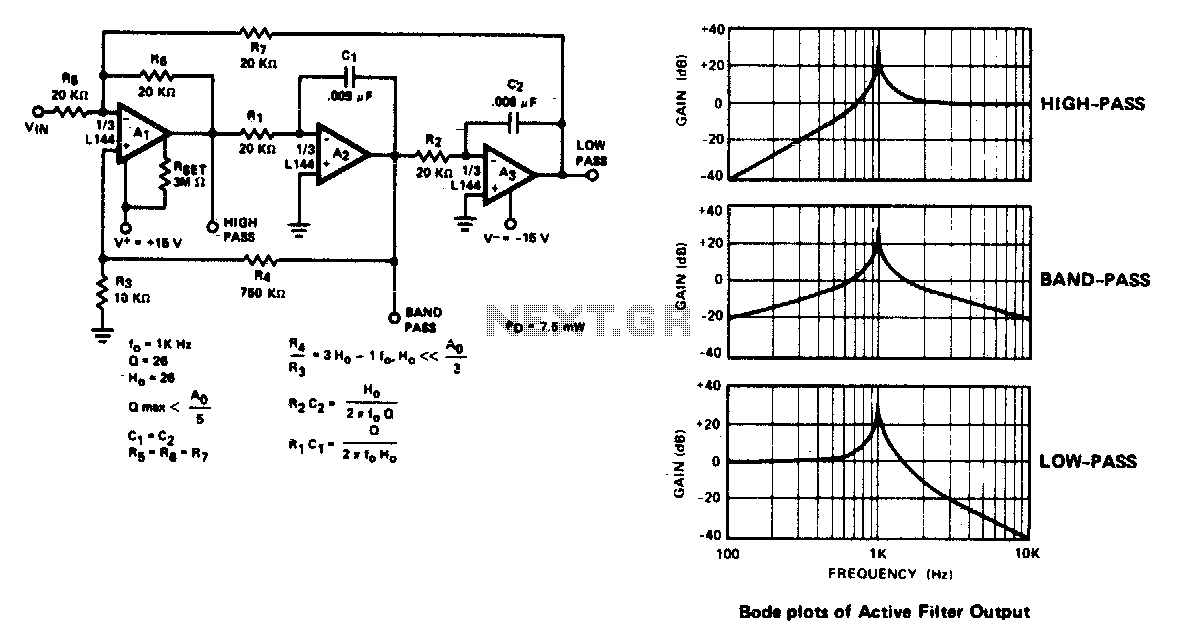
Thermocouple Noise Filter

Filtering thermocouple wires ensures highly accurate temperature measurement by preventing noise pickup, decoupling thermocouple signals, and reducing measurement errors. A thermocouple noise filter circuit is effective in minimizing these errors.
The implementation of a thermocouple noise filter circuit is essential for enhancing the precision of temperature readings in various applications. Thermocouples are widely used for temperature measurement due to their robustness and wide temperature range; however, they are susceptible to electrical noise, which can lead to inaccurate readings.
A typical thermocouple noise filter circuit may consist of passive components such as resistors, capacitors, and inductors, which are strategically arranged to form a low-pass filter. This configuration allows the desired thermocouple signal, which typically operates at a low frequency, to pass through while attenuating higher-frequency noise signals that can interfere with accurate readings.
The design of the filtering circuit must consider the characteristics of the thermocouple being used, including its output voltage range and the expected frequency of the noise. For instance, a first-order RC low-pass filter can be implemented by connecting a resistor in series with the thermocouple output and a capacitor in parallel to ground. The cutoff frequency of this filter can be calculated using the formula \( f_c = \frac{1}{2\pi RC} \), where \( R \) is the resistance and \( C \) is the capacitance.
In more sophisticated designs, active filtering techniques may be employed, utilizing operational amplifiers to provide gain and further enhance the signal-to-noise ratio. These active filters can be designed to achieve a steeper roll-off and better performance in terms of noise rejection.
It is also critical to ensure proper grounding and shielding in the circuit layout to minimize electromagnetic interference (EMI) and maintain the integrity of the thermocouple signals. The use of twisted pair wiring for thermocouple connections can help reduce noise pickup, complementing the filtering circuit's effectiveness.
Overall, the careful design and implementation of a thermocouple noise filter circuit are vital for achieving accurate temperature measurements in industrial and laboratory settings, thereby improving the reliability of temperature monitoring systems.Filtering thermocouple wires assures highly accurate temperature measurement, preventing thermocouple noise pickup, decoupling thermocouple signals, reducing thermocouple measurement error, thermocouple noise filter circuit reduces thermocouple error.. 🔗 External reference
The implementation of a thermocouple noise filter circuit is essential for enhancing the precision of temperature readings in various applications. Thermocouples are widely used for temperature measurement due to their robustness and wide temperature range; however, they are susceptible to electrical noise, which can lead to inaccurate readings.
A typical thermocouple noise filter circuit may consist of passive components such as resistors, capacitors, and inductors, which are strategically arranged to form a low-pass filter. This configuration allows the desired thermocouple signal, which typically operates at a low frequency, to pass through while attenuating higher-frequency noise signals that can interfere with accurate readings.
The design of the filtering circuit must consider the characteristics of the thermocouple being used, including its output voltage range and the expected frequency of the noise. For instance, a first-order RC low-pass filter can be implemented by connecting a resistor in series with the thermocouple output and a capacitor in parallel to ground. The cutoff frequency of this filter can be calculated using the formula \( f_c = \frac{1}{2\pi RC} \), where \( R \) is the resistance and \( C \) is the capacitance.
In more sophisticated designs, active filtering techniques may be employed, utilizing operational amplifiers to provide gain and further enhance the signal-to-noise ratio. These active filters can be designed to achieve a steeper roll-off and better performance in terms of noise rejection.
It is also critical to ensure proper grounding and shielding in the circuit layout to minimize electromagnetic interference (EMI) and maintain the integrity of the thermocouple signals. The use of twisted pair wiring for thermocouple connections can help reduce noise pickup, complementing the filtering circuit's effectiveness.
Overall, the careful design and implementation of a thermocouple noise filter circuit are vital for achieving accurate temperature measurements in industrial and laboratory settings, thereby improving the reliability of temperature monitoring systems.Filtering thermocouple wires assures highly accurate temperature measurement, preventing thermocouple noise pickup, decoupling thermocouple signals, reducing thermocouple measurement error, thermocouple noise filter circuit reduces thermocouple error.. 🔗 External reference





